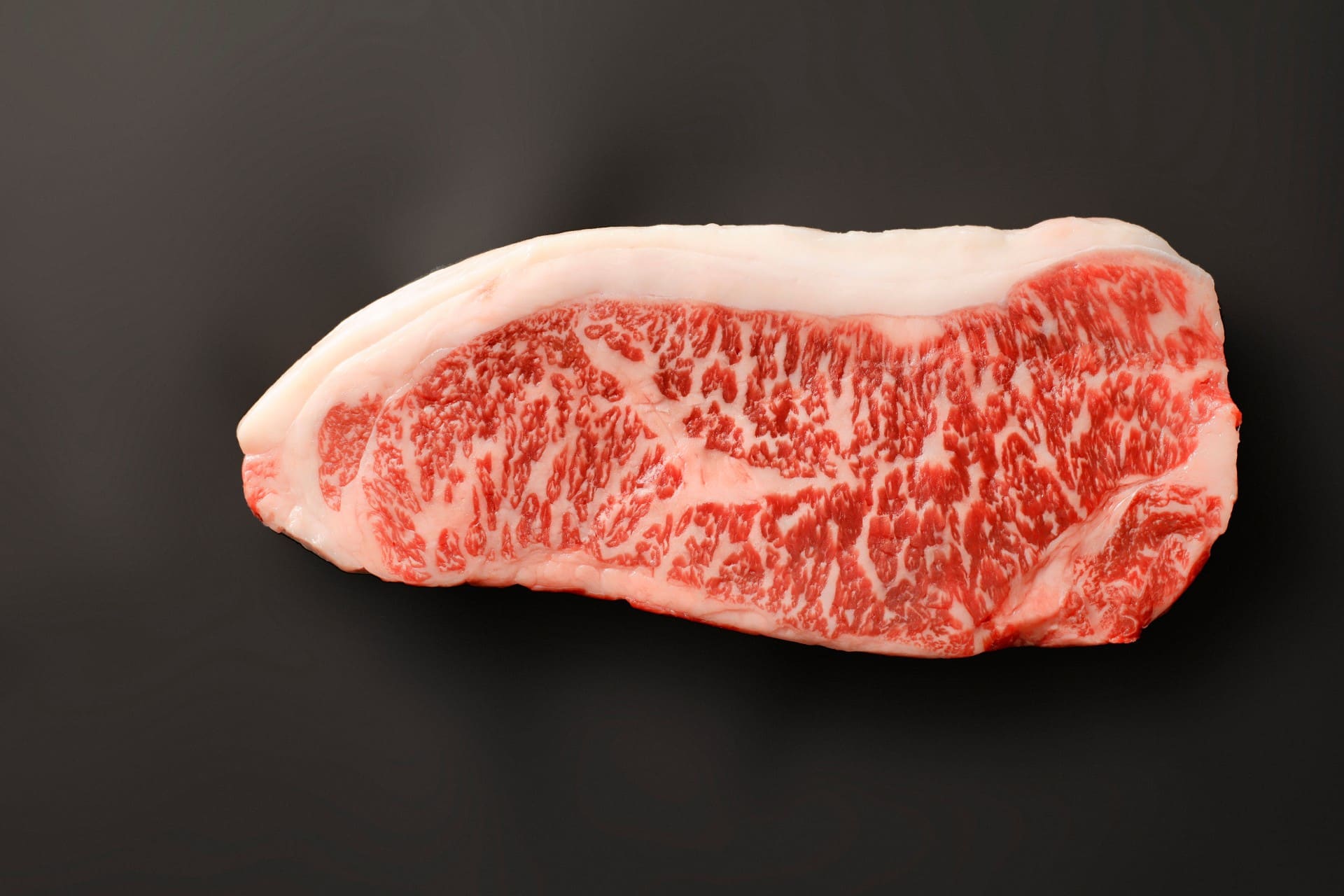Advice on selecting top cuts of beef, according to a butcher.
Even the most seasoned steakhouse regular could use a trained eye when it comes to buying the best cut of beef. As a third-generation butcher at Flannery Beef—a legacy supplier of dry-aged steaks to Michelin-starred restaurants and home cooks—I’ve spent years mastering the craft and learning about nuances that set a truly great cut apart. I’ll offer a few tips to help you better navigate your next trip to the meat counter.
For starters, walk in knowing how you plan to cook your steak. Selecting the best cut ultimately depends on your chosen cooking method. If you’re leaning toward pan-seared or grilled, I suspect you’ll be reaching for the middle meats—cuts from the rib, loin, or short loin. These won’t require marinating or slow cooking to break down tough muscles or call for elaborate sauces to compensate for a lack of fat.
Most importantly, pay attention to the beef grade. Supermarkets label packages with stickers that indicate “Prime,” “Choice,” or “Select.” Does it really matter? Absolutely. USDA Prime beef is the highest grade available, distinguished by a visible abundance of marbling—or intramuscular fat—throughout the meat.
Here are the most popular cuts of beef to buy at the market—and why:













